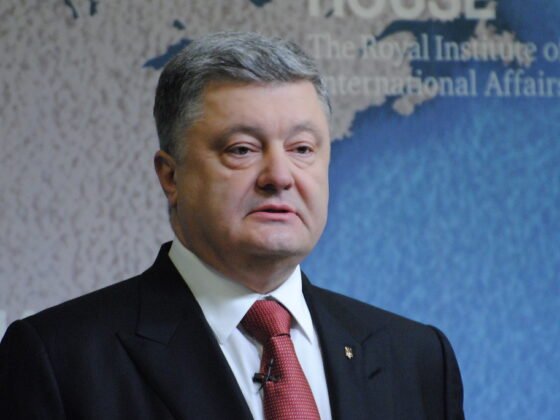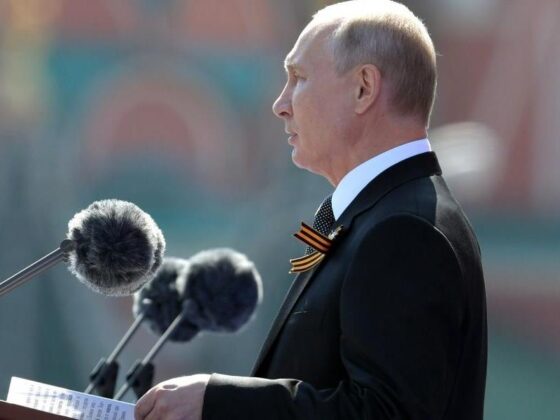(RAD) Abstract: U.S.–Russian scientific collaboration has a long history of engagement among the two scientific communities that persisted though the times of non-existent or bad relations between their governments. The intergovernmental layer of this cooperation became more prominent during the post-World War II nuclear superpower competition and its fallout after the collapse of the USSR. The current state of the bilateral scientific cooperation reflects the complex impact of the wide-ranging Cooperative Threat Reduction (CTR) and International Science and Technology Center (ISTC) programs that channeled the U.S. and international assistance to uphold nuclear security and safety in the former Soviet Union and support Russian scientists in peaceful pursuit of knowledge within international partnerships. The scientific communities of the U.S. and Russia have pressed for continued and increased engagement while the governments on each side qualify their support in line with their respective domestic and international political agendas.
Read More © Russian Analytical Digest











